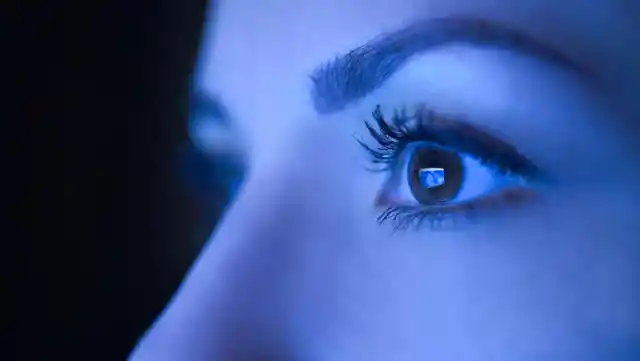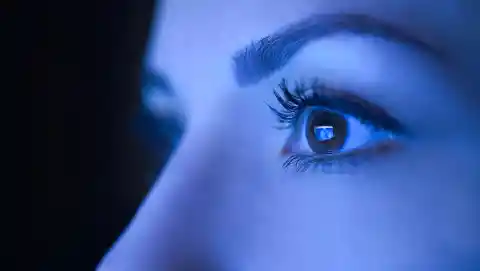For many people, sleeping with the light on was something they escaped as early as their nursery years. The concept of going to bed with a light on can seem ludicrous. Indeed, many of us don’t like having the lights on full stop.


Instead of sitting with the lights on at home, many of us choose to go with a light from our screen, phone, or anything else. Part of the reason stems from how light can be quite intense on the eyes.
If you would like to change that, though, you might wish to read more into ‘circadian’ lighting.
It's All About Blue, Orange, and Yellow
Research departments have been working on this for some time. However, the lead author of a study held at the University of Washington School of Medicine, Sara Patterson, might just have made a significant breakthrough.


As part of their study released in Current Biology, the found that circadian lighting could be quite beneficial. Indeed, they found that a cell within the retina is vital to helping us regulate circadian rhythms. It can also help us to retain a sense of alertness, improve memory and even improve your mood!
These effects were found as part of the pigment in the eye known as the melanopsin. This is sensitive to blue lights. However, researchers also found that our cone photoreceptors are even more sensitive than the melanopsin.
They found that this part of the eye will also react to long-wavelength oranges and yellows, as well as contrasting lights. This is why we now believe that good lighting is the kind of lighting that can interact with this particular combination.
If we can find a way to get lighting that can stimulate our cone photoreceptor, then we can place the right kind of input into the eye that will regulate our circadian rhythm.
An Interesting Discovery into How Our Eyes Truly Work
For years, we’ve looked into things like light-dark cycles and making sure our bodies have an ‘internal clock’ they can follow. However, as Sara Patterson said, we’ve not often looked into things like how the colour of light could impact on our brain.


This study, then, looks to make the change to that and gives us a greater insight into this most interesting topic.
Researchers found that a cell known as inhibitory interneuron, or amacrine cells, is vital to our circadian brain centers. They found that these cells are part of the “missing component” that can help us to “set the clock”.
With so much more still to be discovered, though, this is very much in the early phases of development. More data will be needed, but this could very much be the next step to helping us understand how we can better stimulate body and brain through the use of simple lighting.
In time, it’s hoped that lighting technology could be used to help incorporate the wavelengths that we get from sunrise and sunset to help us improve our mood, ability to stay focused, and our memory.
This, though, is just the beginning of a very interesting discovery.